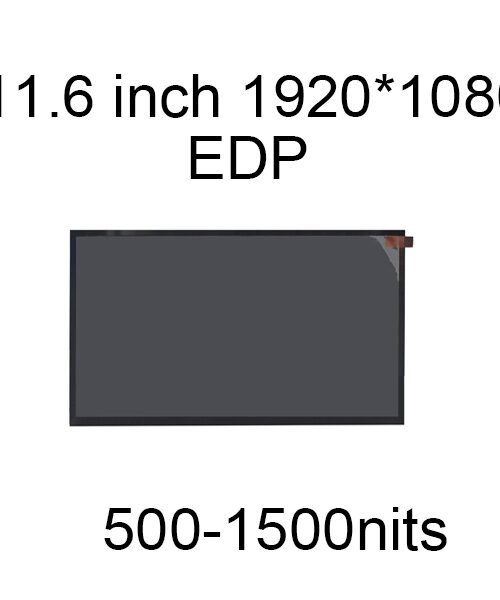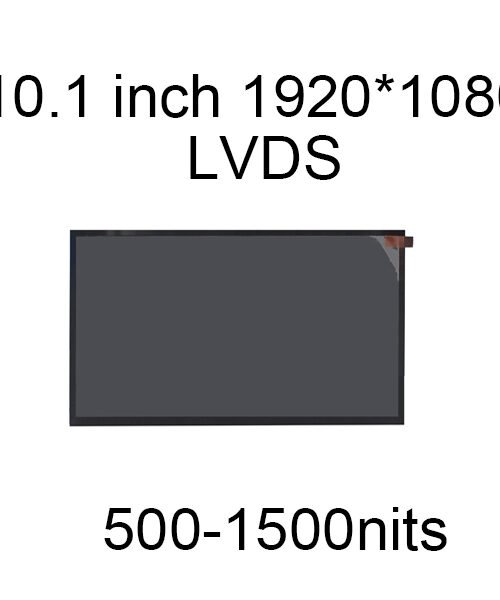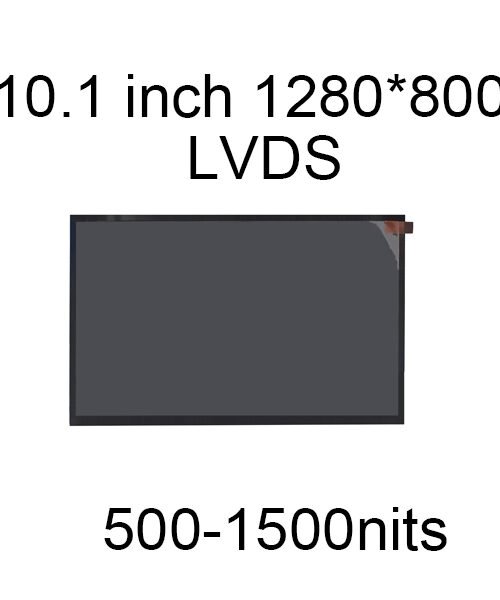A luminance level of 500 cd/m², or 500 candelas per square meter, is a measure of the intensity of light emitted or reflected from a surface. Luminance is an essential metric in the field of optics and display technology, particularly when discussing various forms of displays, lighting systems, and the visibility of objects. In this detailed explanation, we’ll explore what 500 cd/m² means, its significance, and how it is commonly applied in various contexts.
- Luminance Measurement:
Luminance, often denoted as “L,” is a fundamental photometric quantity that quantifies the amount of visible light emitted, transmitted, or reflected from a surface in a specific direction. It is measured in units of candelas per square meter (cd/m²), which represents the number of candelas (a unit of luminous intensity) per square meter of the surface being considered.
In the case of 500 cd/m², this means that for every square meter of the surface being measured, there are 500 candelas of luminous intensity emitted or reflected in a specific direction.
- Significance of 500 cd/m²:
A luminance level of 500 cd/m² is of particular significance in various fields and applications:
- Display Technology: In the context of display technology, the luminance level of 500 cd/m² is often used to describe the peak brightness of displays, such as monitors, TVs, smartphones, and projectors. A display with a peak brightness of 500 cd/m² can produce a high level of illumination, resulting in vibrant and clear images, which are suitable for general use, including office work, web browsing, and content consumption.
- Lighting Design: In architectural and interior lighting design, luminance levels of 500 cd/m² may be specified to achieve desired levels of illumination for different spaces. This level of luminance is often associated with standard office lighting, where it provides sufficient brightness for typical office tasks.
- Photographic and Cinematic Exposure: Photographers and cinematographers often use luminance measurements to determine proper exposure settings for their cameras. A luminance level of 500 cd/m² can serve as a reference point for setting the correct exposure and ensuring well-exposed images or footage.
- Visibility and Safety: Luminance plays a critical role in the visibility of objects, particularly in outdoor and transportation contexts. For example, road signs, traffic signals, and other safety-related elements often have specified luminance levels to ensure they are visible under various lighting conditions, including direct sunlight.
- Comparison to Other Luminance Levels:
It’s essential to place the luminance level of 500 cd/m² into context by comparing it to other luminance levels:
Dim Lighting: Typical indoor lighting may have luminance levels in the range of 50 to 200 cd/m², creating a cozy and comfortable environment for activities like reading or relaxation.
General Office Lighting: As mentioned earlier, standard office lighting typically provides luminance levels in the range of 500 to 1000 cd/m², which is suitable for a wide range of office tasks.
High-End Displays: High-quality computer monitors and TVs, especially those designed for multimedia or gaming, may offer peak luminance levels exceeding 500 cd/m². Some of these displays can achieve peak luminance levels of 1000 cd/m² or more, enhancing the viewing experience with vibrant colors and sharp images.
Outdoor Sunlight: Direct sunlight can have extremely high luminance levels, often exceeding 10,000 cd/m². This intense brightness highlights the need for highly luminous displays in outdoor environments.
Safety Standards: Specific industries and safety standards may dictate minimum luminance levels for signs, signals, and safety-related elements. For example, road signs might have a minimum luminance requirement to ensure visibility in various weather conditions.
- Practical Applications:
The concept of 500 cd/m² is applied in various practical scenarios:
- Display Calibration: In the calibration of displays, such as computer monitors and TVs, experts often measure and adjust the peak brightness to achieve a specific target luminance level. This ensures that the display can reproduce content accurately and consistently.
- Photographic Exposure: Photographers use the concept of luminance to set exposure levels when capturing images. For example, when taking outdoor photographs, they may adjust their camera settings to achieve a luminance level that captures the desired level of detail and brightness.
- Lighting Design: Lighting designers use specified luminance levels to determine the number and intensity of light fixtures needed for a given space. Achieving the right luminance levels is crucial for creating the desired atmosphere and functionality in interior and exterior spaces.
- Safety and Visibility: In traffic engineering and road safety, specified luminance levels for road signs, traffic signals, and pedestrian crosswalks ensure that these elements are visible to drivers and pedestrians under varying lighting conditions.
- Display and Content Creation: Content creators and graphic designers consider luminance levels when creating images, videos, and graphics for displays. It’s important to understand how a display’s luminance capability affects the perception of their work.
- Technological Advances and Achieving 500 cd/m²:
Advancements in display technology and lighting systems have led to displays and lighting fixtures that can achieve higher luminance levels while maintaining energy efficiency. Some of the developments contributing to achieving 500 cd/m² or higher peak brightness include:
LED (Light Emitting Diode) Backlighting: LEDs are widely used in displays and lighting due to their efficiency, brightness, and color capabilities.
High Dynamic Range (HDR): HDR technologies in displays and content delivery aim to enhance the dynamic range, enabling displays to achieve significantly higher peak brightness levels for a more immersive viewing experience.
Local Dimming: Some displays use local dimming techniques to dynamically adjust the brightness of specific areas or zones on the screen, allowing for higher peak brightness while maintaining contrast.
OLED (Organic Light Emitting Diode) Displays: OLED technology offers self-emissive pixels, which means each pixel can emit its own light. This technology allows for excellent contrast ratios and high peak brightness levels.
Laser and Laser Phosphor Displays: Laser-based displays utilize lasers to produce high-intensity light, enabling them to achieve high peak brightness.
In summary, a luminance level of 500 cd/m² is a measurement of light intensity and is commonly encountered in various contexts, including display technology, lighting design, photography, safety standards, and visibility. Achieving and maintaining a specified luminance level is essential for creating visually appealing and functional environments and products. As technology continues to advance, displays and lighting systems are becoming increasingly capable of achieving and even surpassing 500 cd/m², leading to improved visual experiences and greater energy efficiency.







